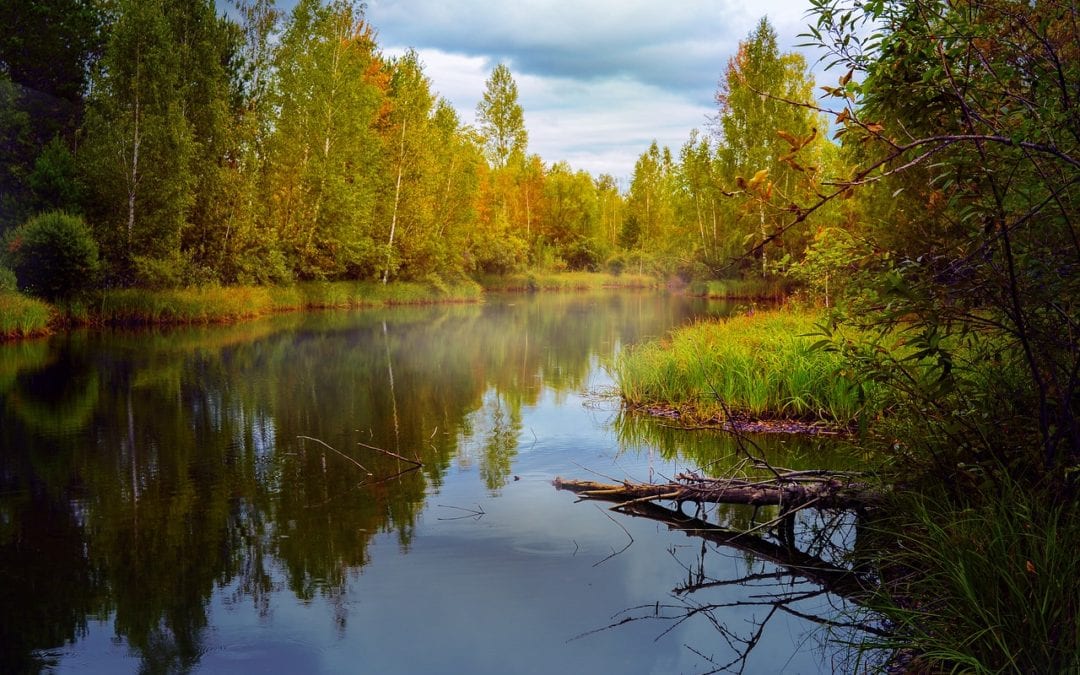I am camping this weekend. Although camping with a kitchen, bathroom and air conditioning does seem like cheating, I am old enough to have earned it. It has been a busy week! Major medical cases, intensive care cases, taxes, employees headed to college, new employees interviewing and hired have taken up my time. I have not written. Instead of a classic article, I am providing this useful information from the ASPCA Animal Poison Control Center.
Reports of pet exposures to blue-green algae (cyanobacteria) have recently increased.
WHAT IT IS, HOW IT FORMS
Cyanobacteria is a group of organisms known to cause poisoning in dogs, cats, livestock, wildlife, birds, and fish. There have also been a few documented toxicities seen in humans. The problem is most likely to occur in bodies of freshwater when the weather has been warm (over 75 degrees F) and sunny.
The overgrowth is stimulated by the presence of high levels of nitrogen, which often occurs following flooding or runoff from heavy rains or snows in fields and pastures where there is manure from livestock or wildlife, heavy fertilizer use or after grass or forest fires.
There are more than 30 species of cyanobacteria associated with toxic water blooms. Some will produce neurotoxic alkaloids called anatoxins while others produce hepatotoxins called microcystins – and some genera produce both. When both types of toxins are present, neurologic signs will appear within minutes; hepatotoxins will take one or more hours after exposure to cause signs.
Water containing toxic algal blooms will often have the appearance of a pea-green paint or slime on the surface. If certain wind conditions are present the film will often concentrate along the shoreline in areas where animals may drink or swim. With very severe blooms, there may be a die-off of fish or waterfowl in the area.
Animal Poison Control Alert: The Dangers of Blue-Green Algae
Members of the phylum Cyanobacteria, blue-green algae usually form on or near bodies of water during warm weather months. It is typically found in ponds and lakes, but can also be present in oceans, freshwater, damp soil, backyard fountains and even on rocks. Dogs can develop poisoning when they drink from or swim in contaminated water sources. If consumed, blue-green algae can cause severe neurologic or liver signs. Signs of blue-green algae toxicity include:
- Seizures
- Panting
- Excessive drooling
- Respiratory failure
- Diarrhea
- Disorientation
- Vomiting
- Liver failure
- Death
TREATMENT PLANS
If possible, wash the pet off in fresh water immediately so the pet doesn’t lick bacteria from the coat. Veterinary care may include inducing vomiting, activated charcoal, and/or cholestyramine resin. Liver values should be monitored at baseline, 24 hours and 48 hours. Blood glucose should also be monitored as hypoglycemia is a risk. IV fluids and dextrose help maintain blood glucose. Electrolytes should be monitored and corrected as needed with fluid therapy.
Pets should be placed on IV fluids and seizures controlled with anticonvulsants. Many animals may develop vomiting and hemorrhagic diarrhea. Intrahepatic hemorrhage may lead to hypovolemic shock; whole-blood transfusions should be considered to help treat these issues.
Prevention is key. Don’t allow your pets to drink from stagnant ponds, lakes or other bodies of water that have bluish-green scum on the surface or around the edges. Blue-green algae cells can also stick to a pet’s fur and be ingested when the animal cleans itself, so think twice before allowing your pet to jump into a body of water.
Other Freshwater & Saltwater Dangers
Salt water: Many dogs just love playing in the waves, and when they do they can drink a lot of salt water in a short time. Because of the salinity, hypernatremia can occur. Clinical signs may include vomiting, polydipsia, ataxia, depression, tremors and seizures.
Ocean creatures: Starfish, jellyfish, sea urchins, squid – there are a lot of creatures in the water that can cause harm. Fortunately most of them live far enough out in the water that most pets won’t come in contact with them. Pets often find sea creatures dead on the shore when they are likely to pose less of a problem.
Red tide: This is a common name for an algal bloom caused by certain species of dinoflagellates; they are recognizable by their red-brown color. Not all red tides produce toxins, however when they do regional differences are noted.
Brevetoxins are primarily isolated from blooms in the Gulf of Mexico and the Gulf of California. Concerns may include ocular and respiratory irritation, gastroenteritis, disorientation, ataxia and possible seizures. Pets can become ill from drinking the water, eating dead fish (mainly bivalves), or inhalation.
On the northern Atlantic and Pacific coasts, paralytic shellfish poisoning may occur and is often noted by ataxia, restlessness, paralysis, tachycardia and potentially respiratory distress. Pets generally become ill by eating contaminated shellfish, particularly bivalve shellfish.

